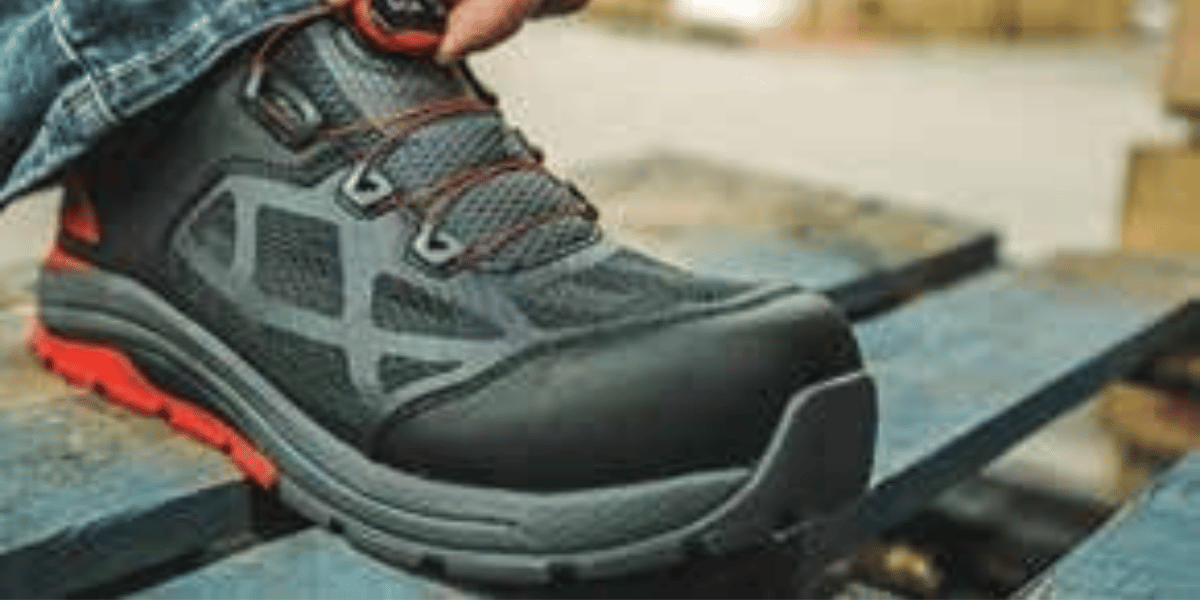
Advanced Cooling PPE Solutions Protect Workers into 2020
In order to continue to keep workers safe on the jobsite, safety and operational professionals must be aware of the most pressing hazards facing labor workers and know what solutions are available to help combat these safety risks. One of the most damaging hazards to workers’ health is working long hours in intense heat. Each year, thousands of workers become sick from occupational heat exposure, according to the U.S. Department of Labor, Occupational Safety and Health Administration.
One way to prevent heat-related illnesses is through innovative personal protective equipment (PPE) and a deep understanding of work crews’ unique environments and conditions. It’s the safety manager’s responsibility to ensure their workers are properly trained on the most appropriate PPE solutions for the job. Recent advancements in PPE are improving the safety for workers who endure heat exposure on the jobsite, such as oil and gas professionals in certain regions. However, today’s workers’ expectations for PPE are changing due to workers becoming accustomed to wearing featherweight sneakers and soft, breathable activewear materials in their free time. As a result, they expect the same from their PPE, so even with proper training, employees who need to wear specialized PPE for long, grueling hours might avoid properly wearing items they consider uncomfortable, which can put them in harm’s way.

It’s important to be aware of how these ingrained habits may affect PPE behaviors and introduce risks on the jobsite so that safety managers can introduce solutions to mitigate the chance of injury. Some manufacturers are staying at the forefront of materials science to meet the demand for more lightweight and comfortable safety equipment, helping safety managers avoid this scenario entirely. For example, certain manufacturers are studying onsite work practices and soliciting feedback from workers across a variety of industries to stay ahead of the activewear trend’s influence on PPE. Through this research, these manufacturers are making material advances that are not only more lightweight and comfortable, but also consistently match the safety standards achieved by their bulkier predecessors.

These material innovations have led to the development of several new PPE introductions that keep workers cool, comfortable and safe on the job. For example, a new footwear collection features a proprietary technology that uses conductive fibers to actively move heat away from the skin and creates an instant cooling sensation. Available in a variety of styles with the lightweight comfort of an athletic shoe, the new collection still provides the safety and performance features of a work boot.
Another example is the introduction of a coverall series that offers wearers exceptional fit and uncompromised function, with 360-degree shoulder movement and additional mesh venting to keep them cool and comfortable. Despite the lightweight feel of the coveralls’ material, they feature eight pockets and non-sparking zippers throughout, along with double- and triple-stitched seams and bar-tacked stress points for enhanced durability. To ensure high visibility, 50-millimeter reflective, flame-resistant striping is also available for increased wearer safety.
PPE manufacturers have a responsibility to develop PPE solutions that meet the demands and expectations of both today’s and tomorrow’s workers. Recent advancements in PPE address not only the most pressing safety risks facing workers but also personal preferences for lightweight, comfortable workwear. New products, like the ones mentioned above, keep workers safe on the job without sacrificing their comfort. As a result, workers will be more willing to properly wear their PPE knowing they won’t be uncomfortable, helping to avoid jobsite injuries by keeping them safe.
———-
is the managing director for the Americas for Red Wing Shoe Company.

![ESM Sidebar Ad[87] ESM Sidebar Ad[87]](https://excavationsafetyalliance.com/hubfs/ESM%20Sidebar%20Ad%5B87%5D.gif)



Comments